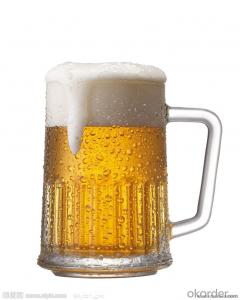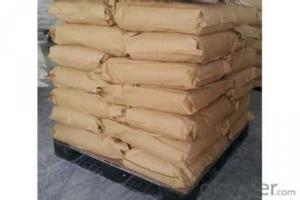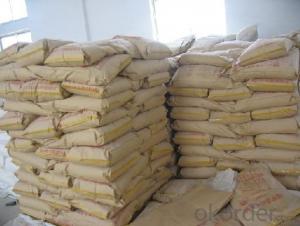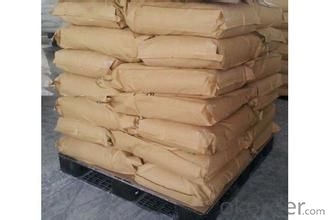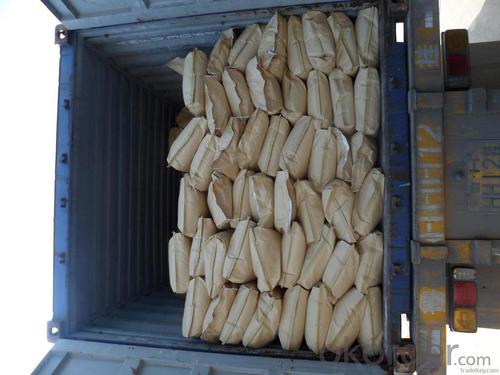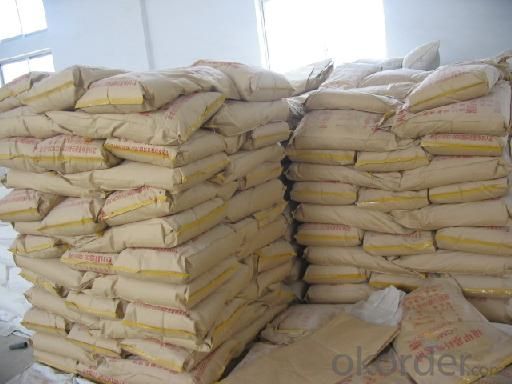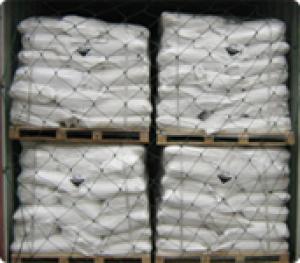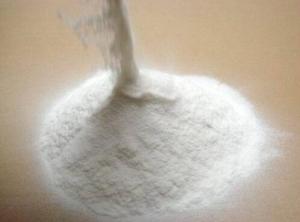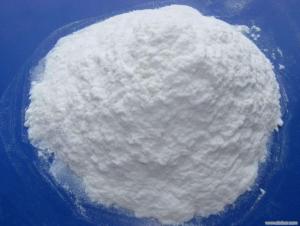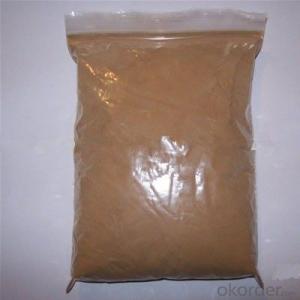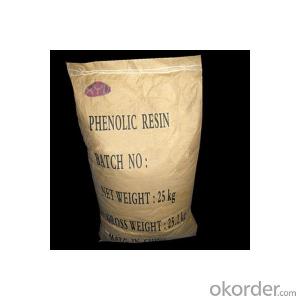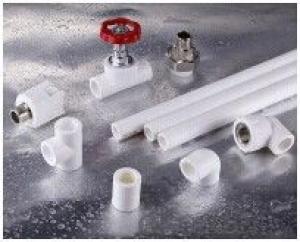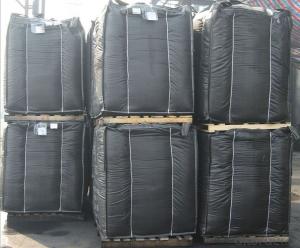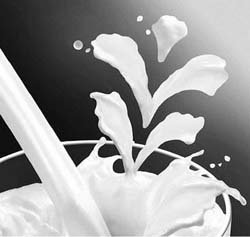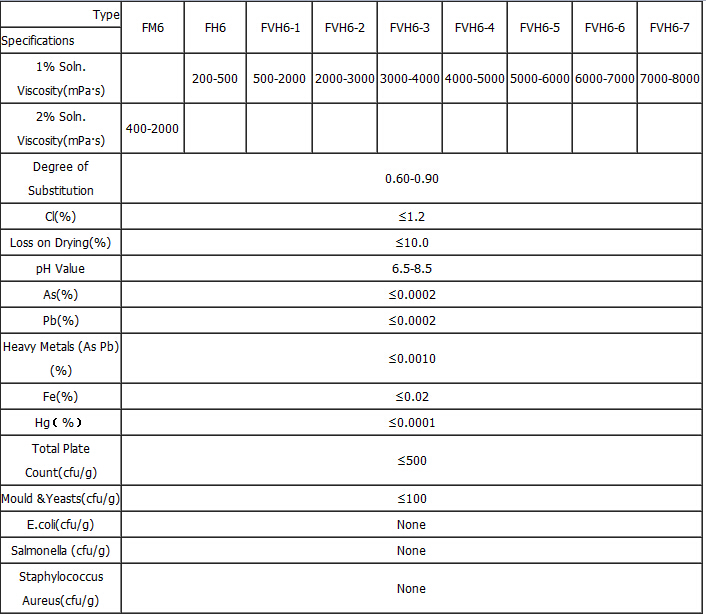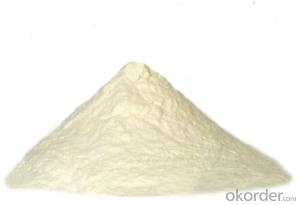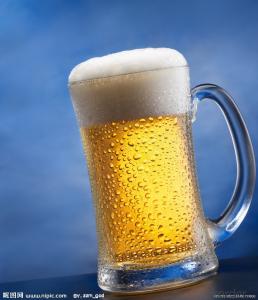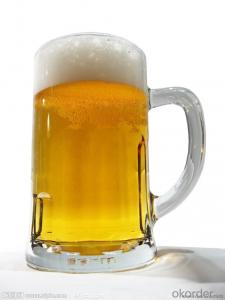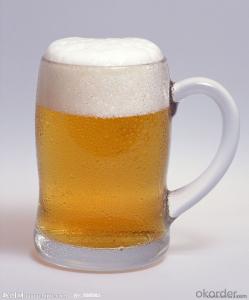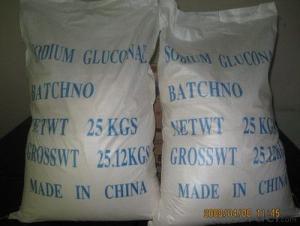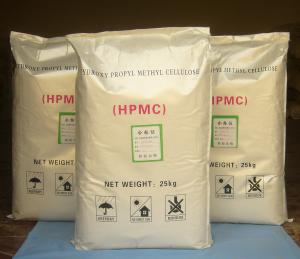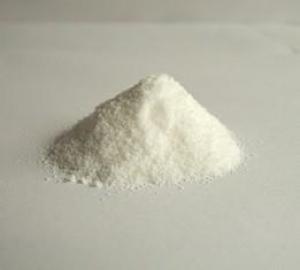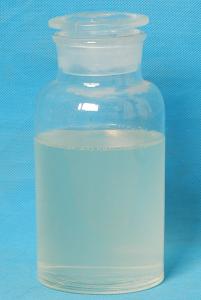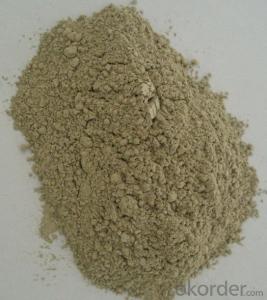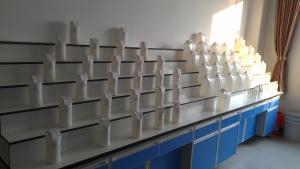Food Grade CMC Carboxymethyl Cellulose FH9-A1
- Loading Port:
- Shanghai
- Payment Terms:
- TT OR LC
- Min Order Qty:
- 20 m.t.
- Supply Capability:
- 8000 m.t./month
OKorder Service Pledge
Quality Product, Order Online Tracking, Timely Delivery
OKorder Financial Service
Credit Rating, Credit Services, Credit Purchasing
You Might Also Like
| Food Grade CMC Used as additive in food field, CMC has the functions of thickening, suspending, emulsifying, stabilizing, shaping, filming, bulking, anti-corrosion, retaining freshness, acid-resisting, health protecting, etc. It can replace the application of guar gum, gelatin, agar, sodium alginate, and pectin. It is widely used in modern food industry, such as frozen food, solid drink, fruit juice, jam, lactic acid drinks, condiment, biscuit, instant noodles, bakery products, meat products, etc. |
|
Technical Specifications of Food Grade CMC(1)
|
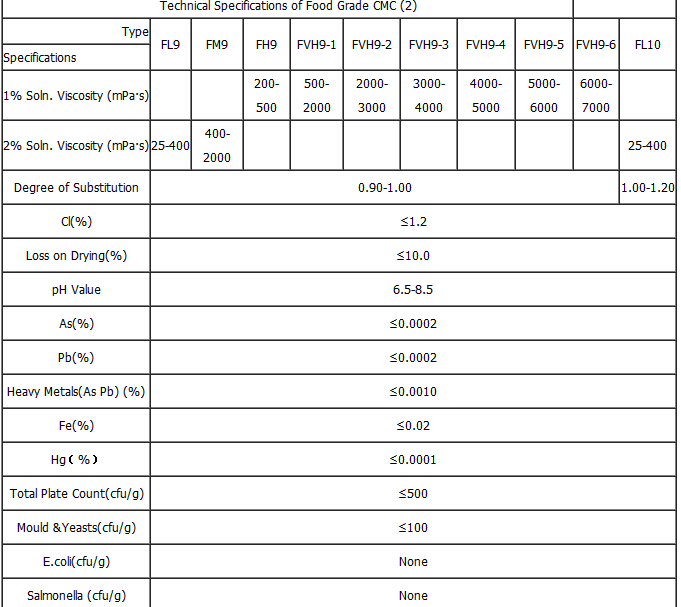 |
- Q: I ment -.4 instead of 1.4
- Additive inverse of 0.4 is -0.4, multiplicative inverse is 1/0.4 = 1.5. Additive inverse of -1.6 is 1.6, multiplicative inverse is 1/1.6 = 0.625 Additive inverse of 5 5/6 is -5 5/6, multiplicative inverse is 1/(5 5/6) = 1 /(35/6) = 6/35. (Do you see the pattern?) I hope that helps!
- Q: Will the wholesale market in OKorder, where the largest market, and food additives, please help out, tell the address, what car
- All the food additives to do the largest, nothing more than in the train station and large food seasoning wholesale market these two places, you can certainly find the two you want the product.
- Q: What is the additive inverse mean in math?
- The additive inverse of a number is the number which is it's inverse under the operation of addition. So the additive inverse to 3 is (-3) because 3 + (-3) 0 In general, the additive inverse of a number x is (-1)*x.
- Q: Any information out there about acetone or 2 cycle oil as additives to increase gas mileage?
- No, just increasing tire air pressure to 36 psi (cold) and using full synthetic engine oil like Mobil One.
- Q: I just read an article about food additives and just how bad they are for your body.My question is this These days is it possible to eat truly healthy? And if so, how?!?!?! By never going to the grocery store?
- It depends on the type of fire and the type of extinguisher.
- Q: -4x+4x^2-10And show me how you did!Thank you
- Let a the additive inverse. a + (-4x + 4x^2 - 10) 0 a 4x - 4x^2 + 10
- Q: What is the additive inverse of 4i?
- An additive inverse is what you can add to a number in order to produce 0 (i.e., for it not to affect an equation if you were to add it and its inverse). 4i + x 0 x -4i
- Q: Can you please share your experience about usage and results. I‘m planning to use it to see if it fixes a rough engine on cold start. Usage instructions would also be helpful. The car is a 1999 Camry 4 cylinder with 67000 miles on it.
- WHAT? I cant believe you asked such a question. And a Toyota with only 67,000 miles having a hard time starting; oh this is too good to be true! How about trying a complete tune up with O2 sens, timing belt waterpump replacement and oil change first. Then see how you're car starts up cold. Either that or u have a bad engine. My 1988 cadillac starts up smooth after 19 1/2 yrs of cold starting 150,000 miles. so you shouldnt be having such an issue; especially with a Toyota. I mean Camrys are supposed to be better than any car made right?
- Q: So Theoretically, both the Additive (RGB) and Subtractive (CMYK) color processes should be equal, but what is the primary limitation of the additive process in color reproduction?
- Hi There, Additive colors radiate the colors red, green and blue. Black is no radiation at all and white is an equal mix of all three. Each pixel on the monitor can receive the percentage of R, G, B (or none) to output (radiate) the color you see. RGB is limited to the three colors (or none) used to create it. Since a paper has no means to radiate any color each pigment used has to absorb (not reflect) all the colors of the light spectrum except the color we want to display. CMYK ( cyan, magenta, yellow and black) refers to the color that is reflected back for us to see. In order to see the exact colors we want; the light source has to be full spectrum because if a certain color is not present in the light source it cannot be reflected. That is why a wall color looks different in sunlight vs. incandescent or fluorescent lighting. Short answer: RGB is radiant color and CMYK is reflective color. Hope this helps, Al
- Q: What is the difference between multiplicative (epistatic) and additive gene-environment interaction?
- Consider a phenotype (say BMI) and the effect of one gene (with 2 alleles) and environment on the phenotype. Additive effects are those in which the effects of the genes and environment are felt on the phenotype independent of each other. As an example BMI C0 + C1 x allele + C2 x calorie consumption In epistatic effects, the effects of calorie consumption on BMI is conditional (i.e.epistatic or no longer independent) on the allele BMI C0' + C2 x calorie consumption (if allele is 1) BMI C0' (if allele is 0, C2 0) In this case, the genetic effect is masking the environmental effect.
Send your message to us
Food Grade CMC Carboxymethyl Cellulose FH9-A1
- Loading Port:
- Shanghai
- Payment Terms:
- TT OR LC
- Min Order Qty:
- 20 m.t.
- Supply Capability:
- 8000 m.t./month
OKorder Service Pledge
Quality Product, Order Online Tracking, Timely Delivery
OKorder Financial Service
Credit Rating, Credit Services, Credit Purchasing
Similar products
Hot products
Hot Searches
Related keywords
